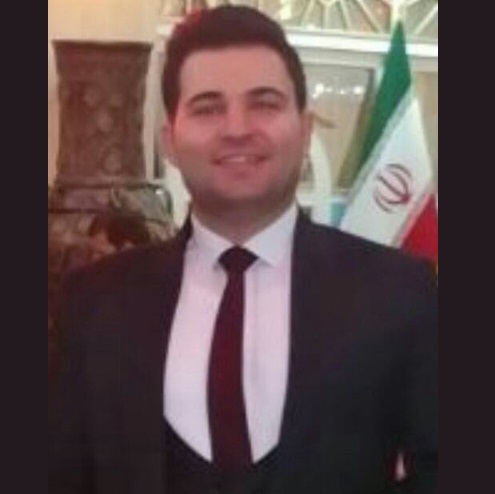Mohammad Reza Solouk
@iust.ac.ir
Iran University of Science and Technology
Mohammad Reza Solouk graduated at the School of Automotive Engineering, Iran University of Science and Technology (IUST). Solouk is a challenge researcher who interested in the design, optimization, and advanced control of MEMS for automotive application. The title of his dissertation is "Structure Optimization of MEMS Gyroscope Proper for Automotive Applications", which is a novel approach to topology size optimization of MEMS gyroscope. His prior project at NRI (Niroo Research Institute) between 2015-2018 was "Design and evaluation of a dual-directional hybrid vehicle powertrain for class-C vehicles", which includes modeling & optimization of a Synergy PSD (Power Split Device) based on dynamic programming in MATLAB/Simulink environment.
EDUCATION
Master of Automotive Engineering - Vehicle Dynamic Systems
Bachelors in Mechanical Engineering - Solid Design
RESEARCH INTERESTS
mechanic
dynamic
mathematical modeling
automotive systems
topology optimization
system control
MEMS
MEMS gyroscope
future study
big data analysis
data mining
FUTURE PROJECTS
Sensitivity Analysis on MEMS Tuning Fork Gyroscope (MEMS-TFG) structure
Applications Invited
Active Fault Tolerant Control for a Dual Mass MEMS-CVG Gyroscope, Robust Two Stage Estimator and Non-Linear Controller
Applications Invited
Sensitivity Analysis of MEMS-Coriolis Vibratory Gyroscope (MEMS-CVG), General Objective Function & Weight Coefficient
Applications Invited
Scopus Publications
Scholar Citations
Scholar h-index
Scholar i10-index
Scopus Publications
Mohammad Reza Solouk, Mohammad Hassan Shojaeefard, and Masoud Dahmardeh
Elsevier BV
Abstract Automotive MEMS gyroscopes are used for various purposes, such as rollover prevention and dynamic stability. Although, employment of gyroscopes for automotive applications is reported, what is not discussed is the gyro topology design and optimization for these applications. This article reports parametric topology size optimization of a MEMS gyroscope proper for automotive applications. The structure optimization of a translational dual-mass Coriolis vibratory gyroscope (CVG) with electrostatically sense/excitation mechanism is presented for automotive applications. Fabrication considerations conform to the X-FAB procedures, and application uncertainty is inherent in the vehicle lateral model. The proposed design approach takes into account the inaccessible levels of application uncertainty to optimization, which provides results that are more reliable, compared with the ideal models. More than thirteen thousand virtual cases are studied, in which the gyroscope performance specifications including scale factor, linearity, etc. are calculated. The double-lane-change (DLC) maneuver based on ISO 3888-1 is performed on the optimal candidates in order to apply the vehicle application constrains. The suggested optimal solution is the one with the least yaw rate error with respect to the target yaw rate instructed by the maneuver, which suits best for the automotive application. The results show that the yaw rate error of DLC maneuver improved from about 40% to about 1.4% using the optimization algorithm, which shows the effectiveness of the proposed method.

